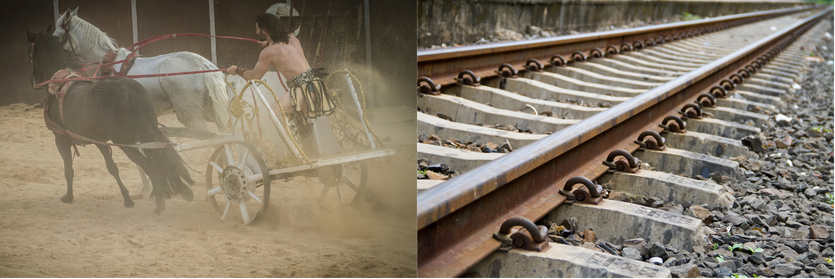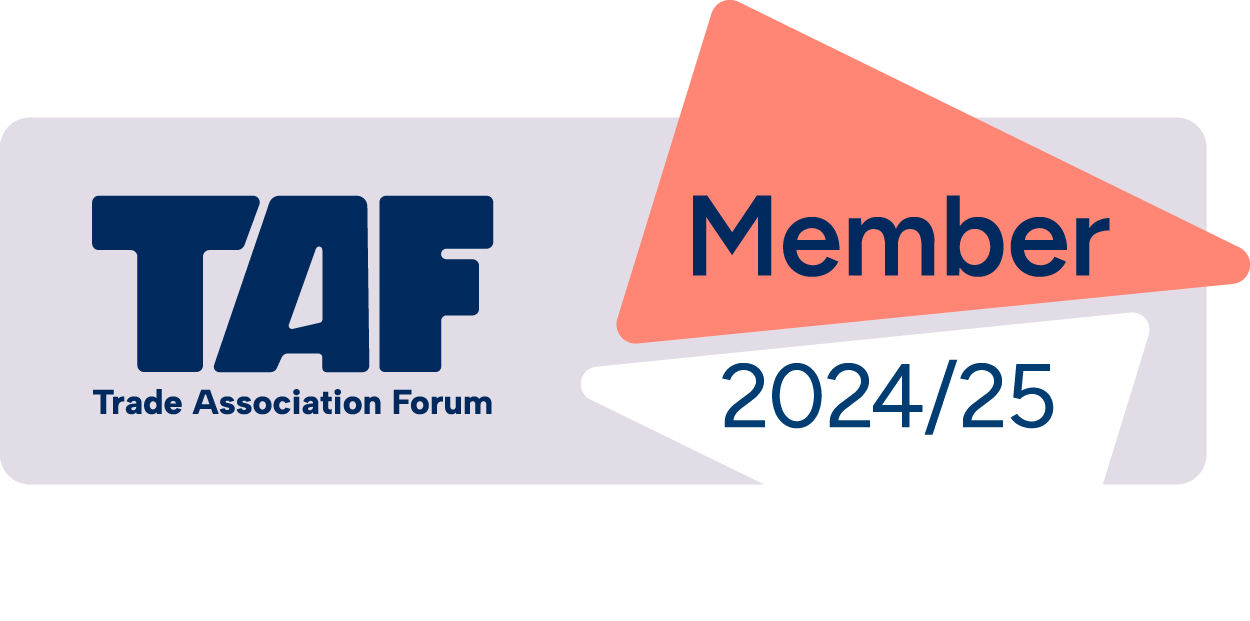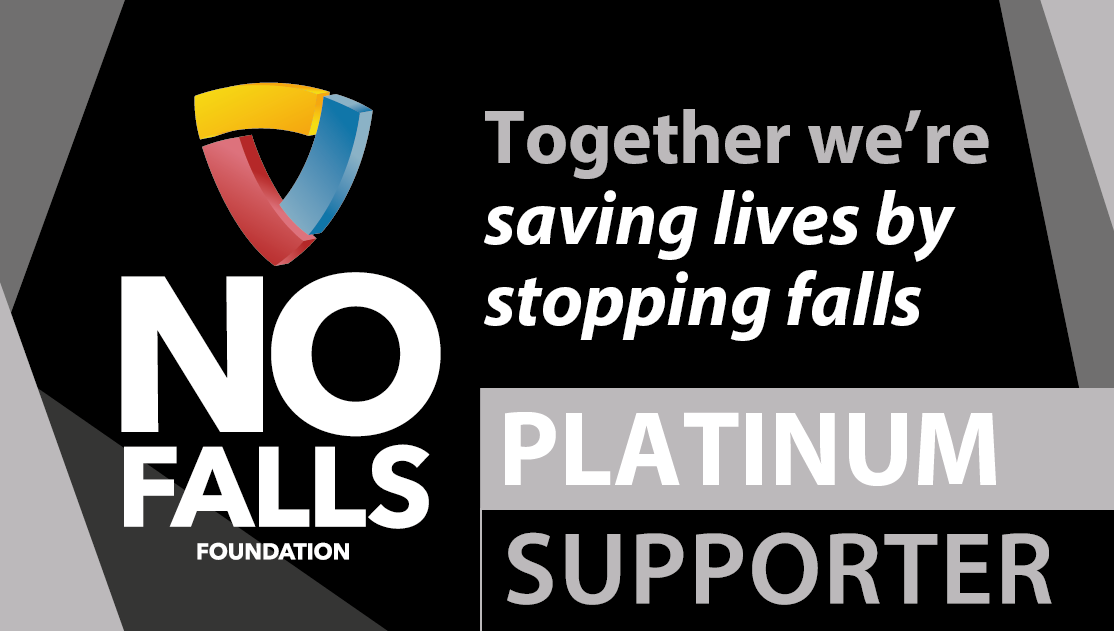
Published: May 2024
You might have noticed that a lot of the Ladder Associations work, and its requirements for membership, are based around product standards, and particularly EN 131, the product standard for portable ladders. But standards are not just about products.
A standard is an agreed way of doing something
That could be designing a product like a ladder, or making and delivering materials, like the aluminium, steel, or fibreglass, that a ladder is made from. There are standards for managing quality in a factory, or office where ladders are produced. There is even a standard for standards – BS 0. Standards cover a huge range of activities, carried out by organisations, and used by their customers.
Standards are developed by experts on the subject of the standard, who understand the needs of the organisations and their clients. Standards are used by designers, manufacturers, service providers, sellers, buyers, customers, trade associations, users, and regulators.
4

Some standards have existed for hundreds if not thousands of years
Allegedly, the Romans had standards for chariots, so that any chariot could fit any horse. The standards for chariots developed into the standards for wagons, which became the sizes for the railways that we still have today. So, you can link the size of an HS2 carriage to the width of a horses behind – all because of standards. Sadly, there are no copies of the Romans chariot standards, either carved into walls or printed on scrolls. But we know it must be true because the width of the ruts of Roman chariot wheels are 4ft 8 ½ inch – the same width as HS2 and UK train track and practically every other railway track around the globe.
Standards are powerful tools that drive innovation and increase productivity. They make products safer, easier to use, sustainable and of better quality. That’s why they are so important and that’s why the Ladder Association actively participates in their development and use.
There are two types of standards: designated standards and voluntary standards
A designated standard is a standard which is recognised by the Government where compliance is required by law. There are designated standards for things like chemicals, toys, construction products, electrical equipment, machinery like lifts and gas appliances, and medical devices. It’s quite a long list. Compliance, with a designated standard is the required evidence that products, services, or processes, comply with the essential requirements of the relevant legislation.
But there are some standards that are not designated – they are not specifically required by a law. They are voluntary standards and, at the moment, BS EN 131 – the standard for portable ladders, is a voluntary standard. The law doesn’t require that a ladder complies with BS EN 131. But the law does require that work equipment and consumer products are safe. How do you prove that a product, like a ladder, is safe? You comply with a relevant standard. If you don’t then you might need to demonstrate in some other way that is safe work equipment and a safe product – and that could be quite tricky.
The Ladder Association believes that all portable ladders that fall under the scope of BS EN 131 should comply with BS EN 131
Not only that, but manufacturers and suppliers of ladders should have independent third-party assessment and accreditation to the standard – certification from a recognised and approved body. That’s why compliance and certification are requirements of Ladder Association membership. It allows the Association to be certain that our members only supply safe ladder products and the customers of our members, to be certain they are buying and using safe products. It’s good for everyone involved.








